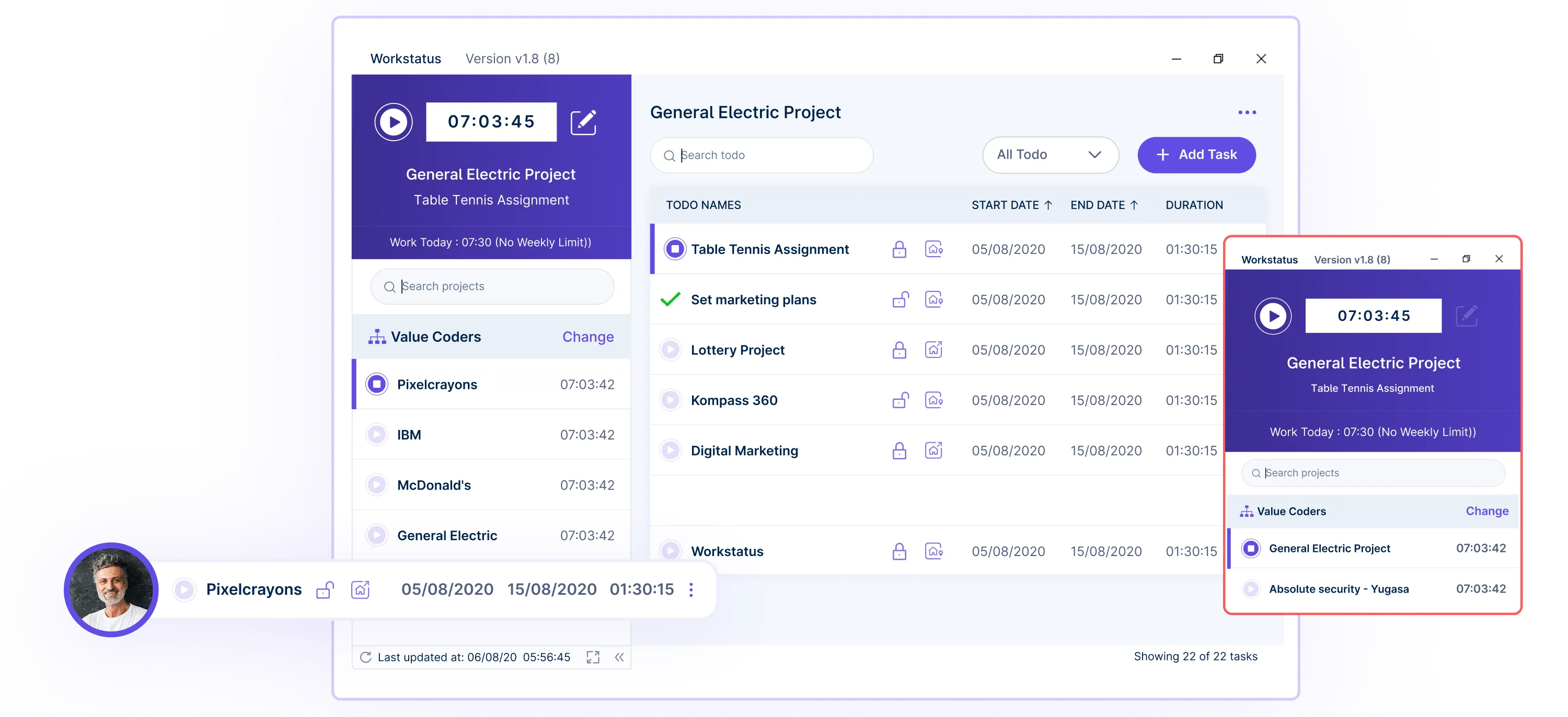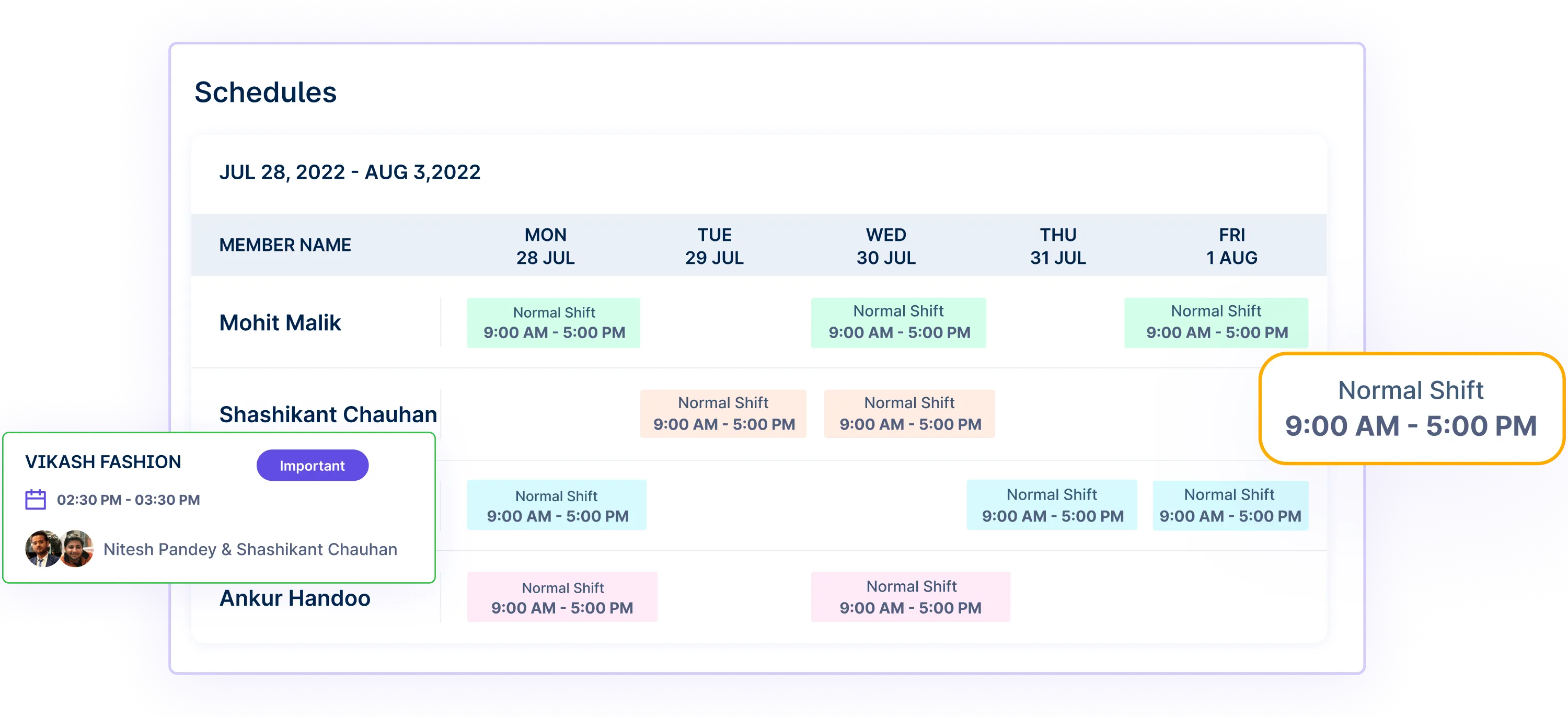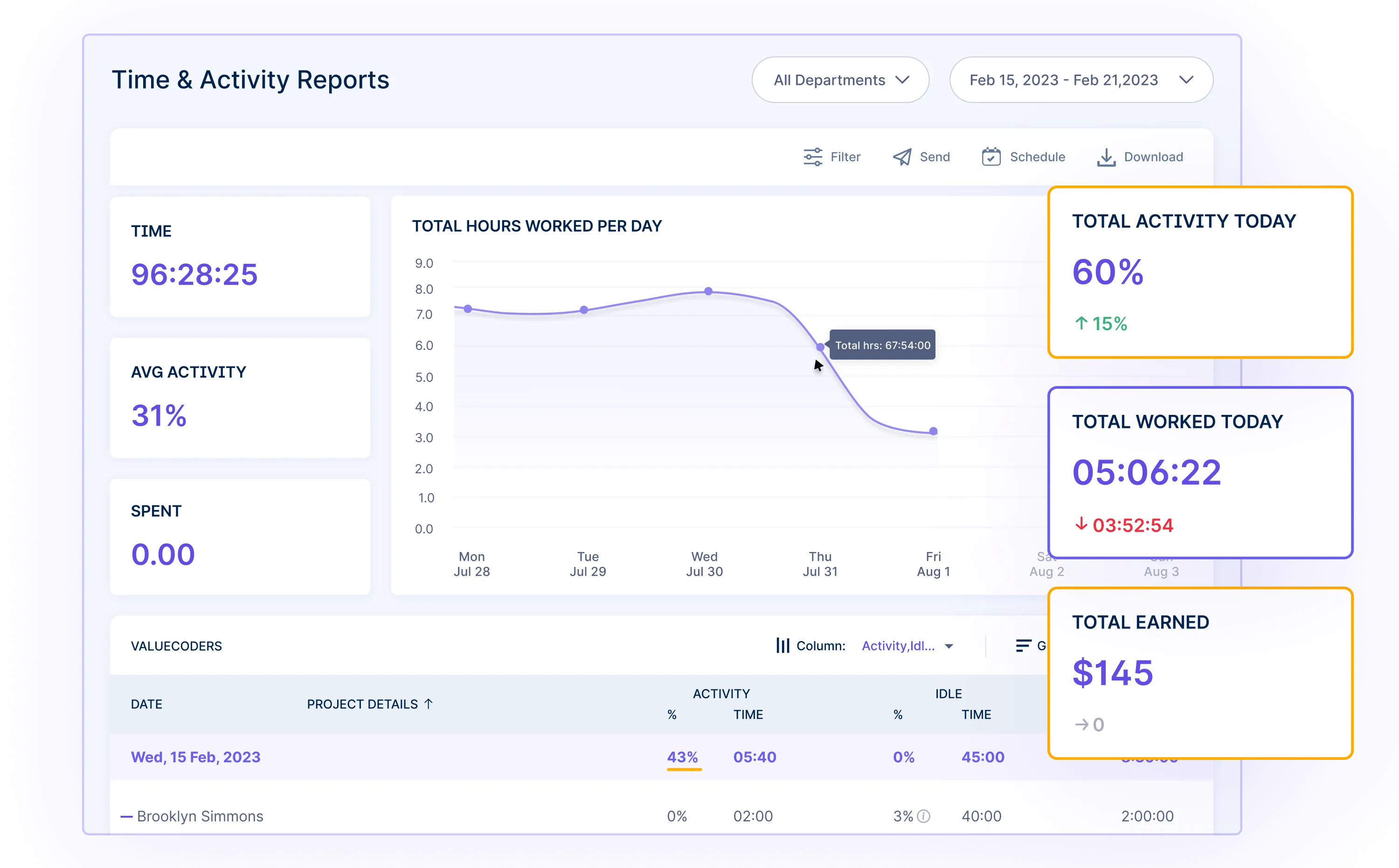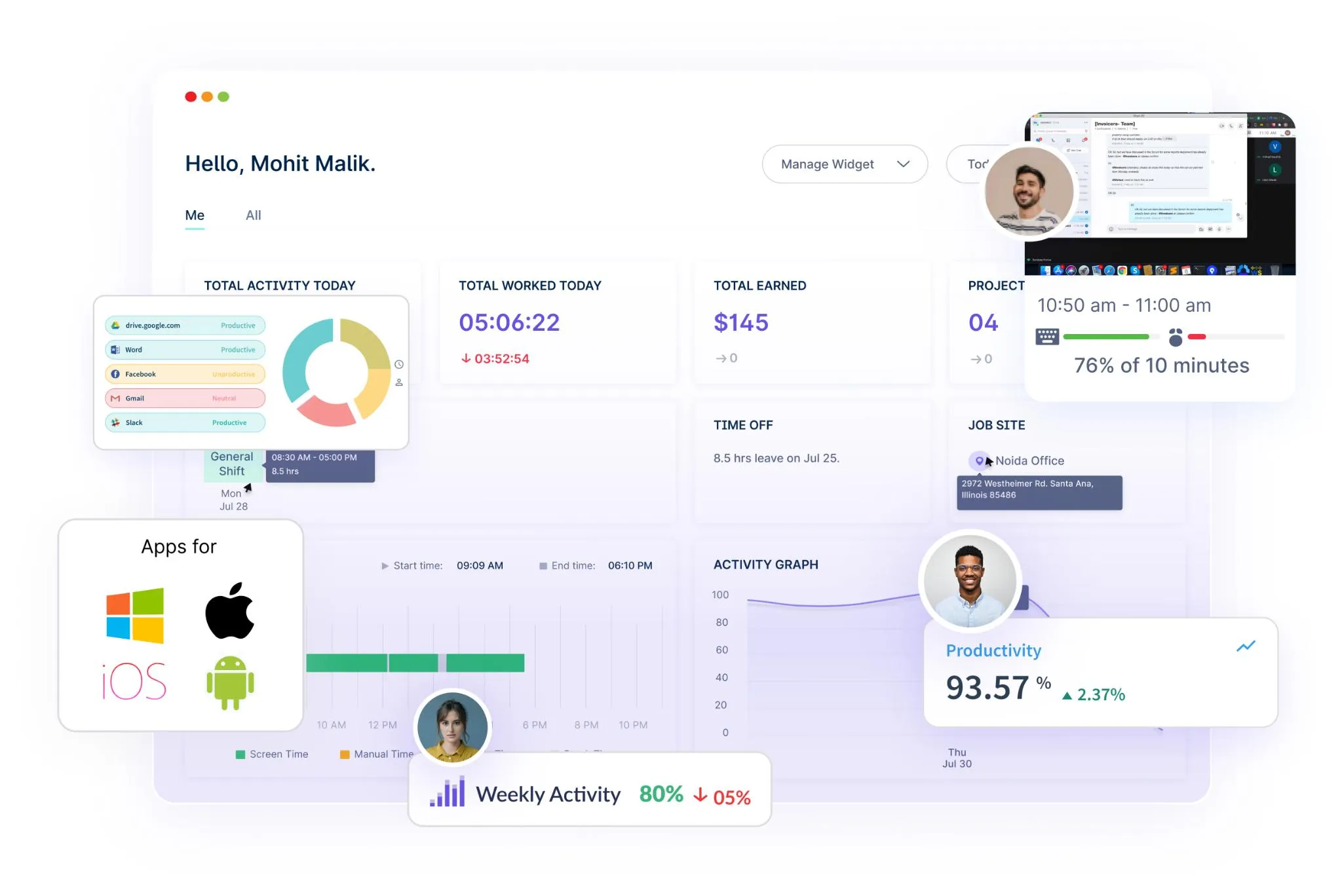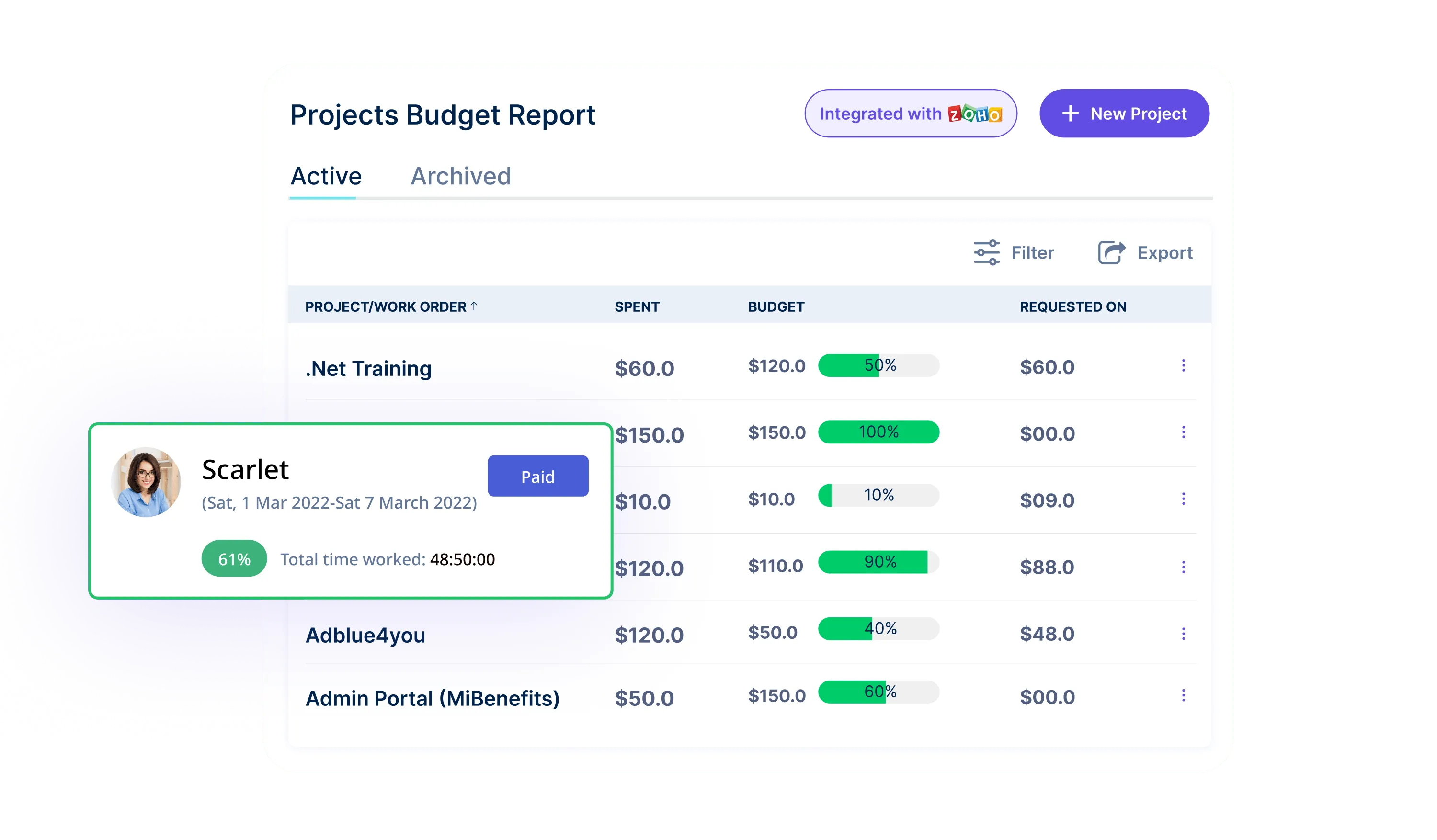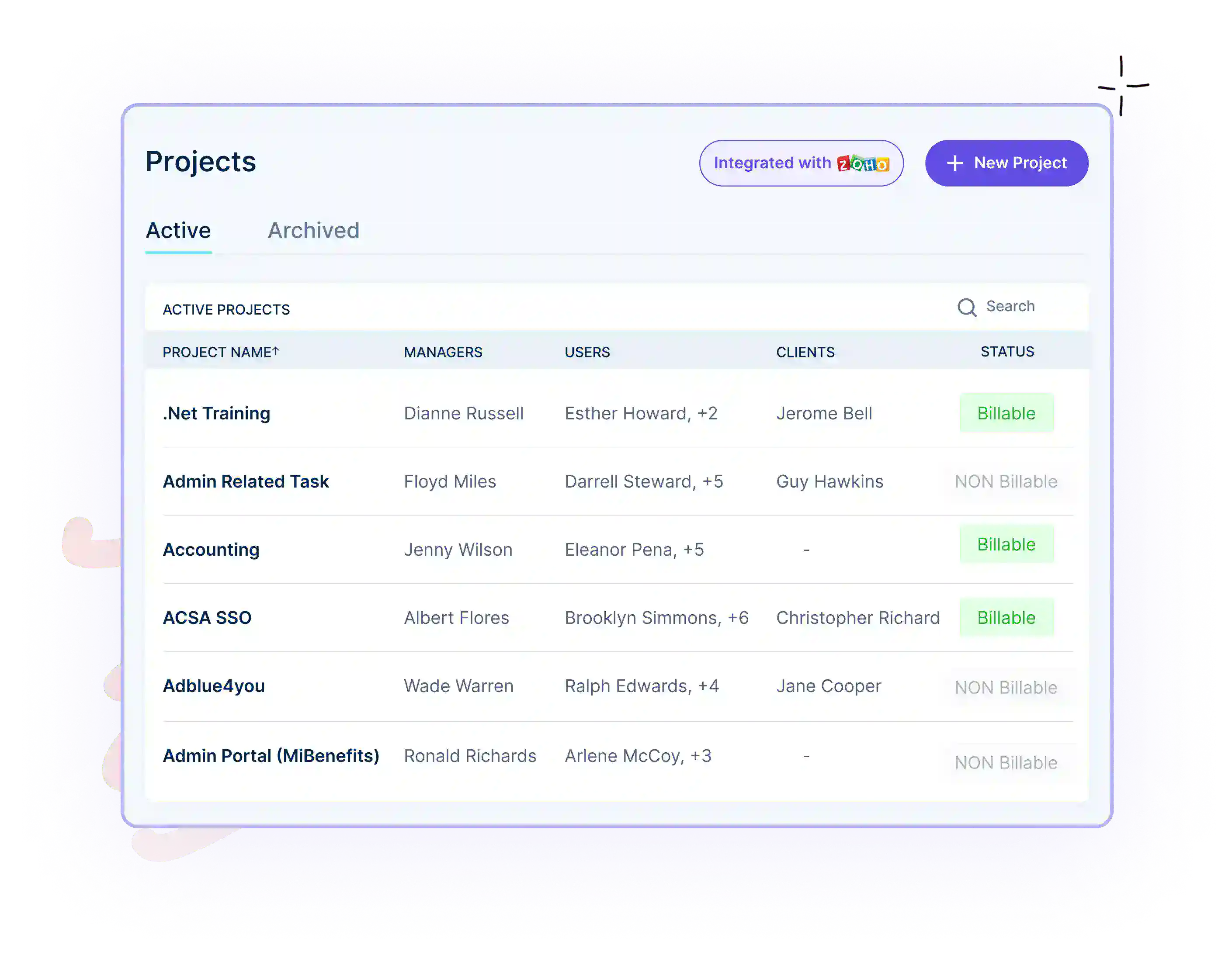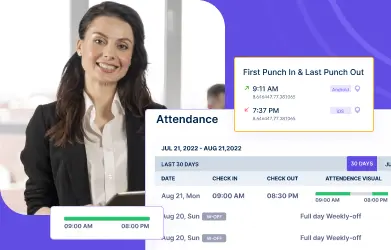Table of Contents
Introduction
Let’s discuss the age-old debate between two popular estimation methods in IT project management – story points or hours.
As every project manager knows, accurately estimating time and effort is crucial for ensuring the successful completion of a project.
But with various approaches available, finding the right method that aligns with your team’s needs can be daunting.
Fret no more! In this post, we will walk you through the various topics, such as:
- Understanding Story Points and Hours
- Factors to Consider in Choosing an Estimation Method
- Advantages of Story Points and Hours
- Making the Right Choice: Story Points, Hours, or Both
By the end of this post, you’ll be able to make an informed decision about which estimation method to deploy to maximize the productivity and efficiency of your IT project management team.
So, let’s get started!
Understanding Story Points and Hours
Story Points As An Estimation Technique
Story Points are an estimation technique commonly used in Agile project management.
They represent the overall effort and complexity required to complete a project’s specific task or user story.
Story Points are a relative measure, focusing on the size and complexity of the work rather than the time it takes to complete it.
- Story Points emphasize complexity over time
- They are a relative measure, making it easier to compare different tasks
- Ideal for Agile environments, promoting flexibility and adaptability
Advantages Of Story Points:
1. Flexibility and Adaptability:
Story Points allow teams to focus on the relative effort required to complete tasks rather than being tied to specific time constraints.
- Emphasize the relative complexity and effort of tasks
- Enable teams to adjust priorities and scope without affecting the estimation
- Facilitate Agile methodologies’ iterative and incremental approach
2. Reduced Time Pressure:
Story Points help mitigate the anxiety and time pressure often associated with fixed-hour estimations by decoupling estimation from time.
- Lessen the likelihood of rushed and error-prone work
- Encourage a sustainable pace and reduces burnout
- Foster a better work-life balance for team members
3. Team Empowerment and Collaboration:
Story Points estimation involves the entire team, fostering collaboration and collective ownership of project estimates.
- Promote transparency and open communication
- Create a shared understanding of project complexity
- Boost team morale and motivation through involvement in the estimation process
Hours As An Alternative Estimation Method
On the other hand, hours offer a more traditional approach to project estimation.
They estimate the hours or days required to complete a task or project. This method is based on concrete time measurements and is widely used in various industries.
- Hours provide a concrete time-based estimation
- Easier to grasp for teams and clients familiar with traditional project management
- Suitable for fixed-scope projects with well-defined requirements
Advantages Of Hours:
1. Precise Scheduling and Time Management:
Hour-based estimation provides a clear and specific timeline for project tasks, facilitating effective scheduling and time management.
- Enables accurate resource allocation and planning
- Helps identify potential bottlenecks and project risks
- Allows for better coordination with other teams and stakeholders.
2. Client Expectation Management:
Clients often prefer knowing the specific timeline for project delivery. Hour-based estimation allows project managers to set realistic expectations and manage client demands effectively.
- Increases transparency with clients about project timelines
- Enhances trust and credibility with clients through accurate predictions
- Reduces misunderstandings and miscommunication regarding project deadlines
3. Billing and Budgeting:
Hourly estimation ensures accurate invoicing and better budget control for projects billed hourly.
- Provides a clear basis for client billing and invoicing
- Facilitates tracking project costs and expenses
- Helps evaluate project profitability and cost-effectiveness
Now that we are familiar with the fundamentals of these two estimation methods let’s look at which platform can help you manage both simultaneously.
Workstatus: Unifying Story Points and Hours for Effortless Estimation
Workstatus is a single platform designed to seamlessly manage Story Points and Hours-based estimations within a unified dashboard. It offers project managers a single integrated solution to efficiently:
Regardless of the chosen estimation method. Workstatus empowers project managers to make data-driven decisions and optimize team performance for successful project delivery.
Here are the key features that make it possible:
Automated Time Tracking
Workstatus automates the time-tracking process, capturing the hours spent on tasks and projects. Whether using Hours or Story Points, the tool ensures accurate data collection without manual intervention.
- Eliminates the need for manual time entries, reducing administrative overhead
- Provides real-time insights into team members’ activities and progress
- Enables seamless integration with popular project management tools
Team Scheduling
Workstatus aids in effective team scheduling by helping project managers allocate tasks based on the team’s:
- Capacity
- Expertise
- Availability
It ensures that team members are well-rested and have a balanced workload.
- Helps prevent resource misallocation and burnout
- Streamlines task assignment and priority management
- Supports agile project planning and capacity forecasting
Real-Time Reports
The platform generates real-time reports that offer detailed insights into project performance, progress, and resource utilization.
These reports can be customized to fit specific requirements and are invaluable for monitoring project health.
- Provides clear visibility into project status and performance metrics
- Assists in identifying trends and patterns for future planning and estimation
- Helps project managers keep stakeholders informed with transparent reporting
Central Dashboard
Workstatus presents a central dashboard that houses all essential information related to project estimation, progress, and team performance. This centralization promotes collaboration and ensures data consistency.
- Minimizes the need to switch between different tools and systems
- Enhances team communication and collaboration
- Enables project managers to have a holistic view of project activities
Resource & Project Management
With Workstatus, project managers can efficiently manage resources and projects, ensuring optimal team members’ skills and expertise utilization.
- Provides a clear overview of resource availability and workloads
- Facilitates resource allocation based on project requirements
- Assists in identifying potential gaps or overloads in resource allocation
Making The Right Choice: Story Points, Hours, Or Both
In the IT industry, project managers often face the challenge of selecting the most suitable estimation method for different scenarios.
The choice between Story Points, Hours, or a combination of both depends on various factors, including:
- Project type
- Team expertise
- Client requirements
- Flexibility needs
Here are five scenarios where each approach shines:
Agile Software Development
For agile software development projects that prioritize adaptability, frequent iterations, and evolving requirements, Story Points is an excellent choice.
They allow project teams to focus on relative effort and complexity without being tied to specific timeframes.
Example: A mobile app development project where requirements might change during the development process due to user feedback and market trends.
Story Points would help the team adapt to evolving needs while delivering value in each sprint.
Fixed-Budget Projects
In projects with fixed budgets and stringent time constraints, Hour-based estimation proves valuable. This approach provides precise scheduling and enables project managers to monitor progress closely.
Example: An IT consulting project with a fixed budget and a tight deadline. Hour-based estimation helps allocate resources efficiently, ensuring the project stays within the defined budget and timeline.
Hybrid Projects
A hybrid approach works well when a project combines fixed and flexible elements.
This allows project managers to use Story Points for adaptive components and Hours for fixed deliverables.
Example: An e-commerce website development project that requires core features delivered within a fixed timeline (Hourly estimation) while incorporating additional features based on user feedback and market demands (Story Points).
IT project managers must carefully assess each project’s unique requirements and characteristics to choose between Story Points, Hours, or a combination. By considering the following:
- Nature of the project
- Team dynamics
- Client expectations
- Project managers
Can effectively tailor their estimation approach to achieve successful project outcomes.
Next Step
Choosing between Story Points and Hours as an estimation method for IT projects depends on the project’s nature and the team’s preferences.
While Story Points offer flexibility and a broader perspective, Hours provides a more granular and precise approach. Project managers must consider:
- Project complexity
- Team experience
- Client requirements to make an informed decision
Consider using Workstatus, a powerful project tracking tool to streamline project management and improve efficiency.
With its user-friendly interface and real-time insights, Workstatus empowers teams to:
- Collaborate effectively
- Monitor progress
- Meet project deadlines



